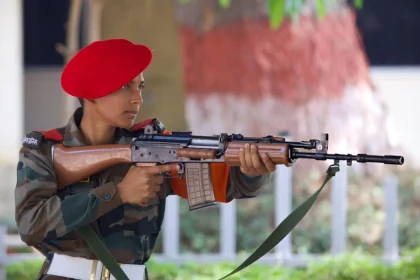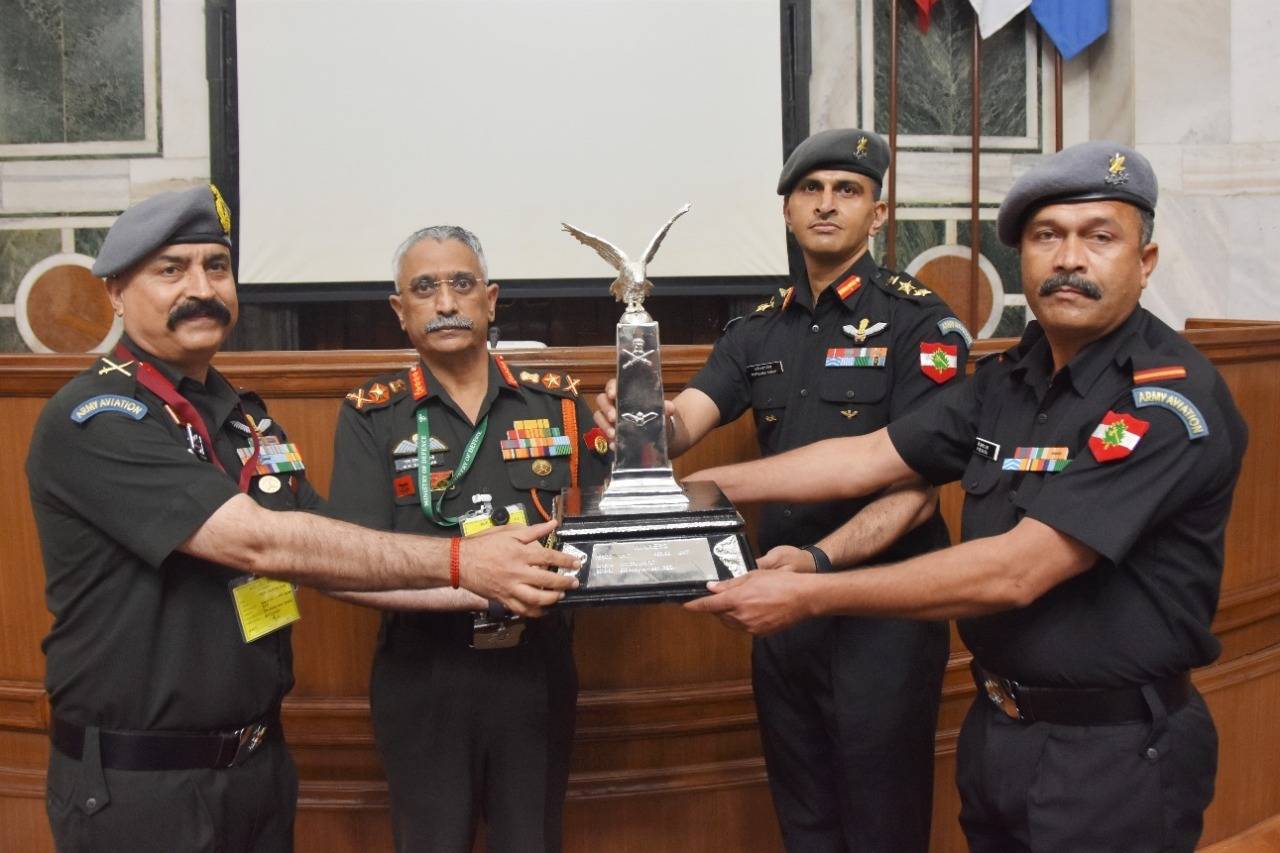Lt Gen PS Shekhawat Reviews NCC Raipur HQ, Expands Flying Training for Youth Development
Lt Gen Shekhawat’s Visit Strengthens NCC Training, Expands Aviation Opportunities for Cadets in Chhattisgarh.
Lt Gen Pawan Chadha Assumes Command as GOC of 111 Area
Seamless Leadership Transition Strengthens Operational Readiness in India’s Eastern Frontiers.
Flying Officer Kartik Thakur: A Beacon of Perseverance and Patriotism
Flying Officer Kartik Thakur was more than a pilot; he was a symbol of India's indomitable spirit.
21 Indian Army Branches You Can Choose When Joining
Each corps has distinct training durations (6 months to 2 years) and postings, from border areas to urban centers.
How To Join Indian Army Aviation Corps
Joining this elite corps presents an exciting opportunity filled with adventure, discipline, and honor.
Lt General DG Misra Flags Off The Kumaon Car Rally 2025 in Bareilly
The rally's route, spanning from Banbasa to Lipulekh Pass via Pithoragarh, Dharchula, Adi Kailash, and Om Parvat.






